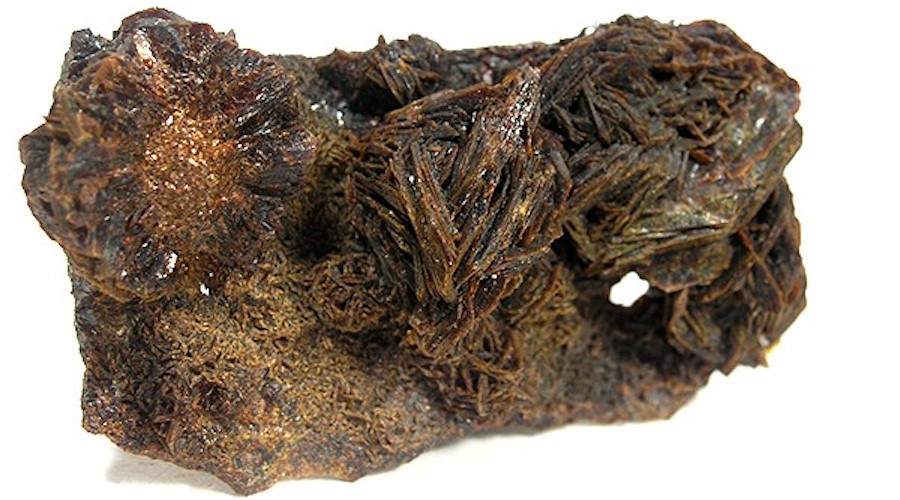
The yellow-brown mineral was detected with X-ray absorption tests and electron microscopy in samples found below 1,000 meters
In detail, the researchers believe their discovery supports a theory that suggested that Mars may have been covered with an ice blanket billions of years ago, and that dust was blown into it from this cover, leading to the formation of jarosite in ice packs.
In Antarctica, the team led by Giovanni Baccolo of the University of Milano-Bicocca discovered the yellow-brown mineral with X-ray absorption tests and electron microscopy in samples below 1,000 meters.
Jarosite adhered to remnants of silica-rich particles, which have been identified in the Talos Dome ice core and interpreted as weathering products with aeol dust and acidic atmospheric aerosols.
“The progressive increase in ice metamorphosis and recrystallization with depth promotes dust displacement and concentration and the formation of acidic brine in isolated environments, allowing chemical reactions and mineral neo-formation to take place,” their paper read. “This is the first described glacial diagenetic mechanism occurring in deep Antarctic ice and supports the ice-weathering model for jarosite formation on Mars.”
While their findings support the model, they have yet to come up with a solid explanation for why Antarctica contains small amounts of jarosite, while the mineral is found in large plates on the red planet.